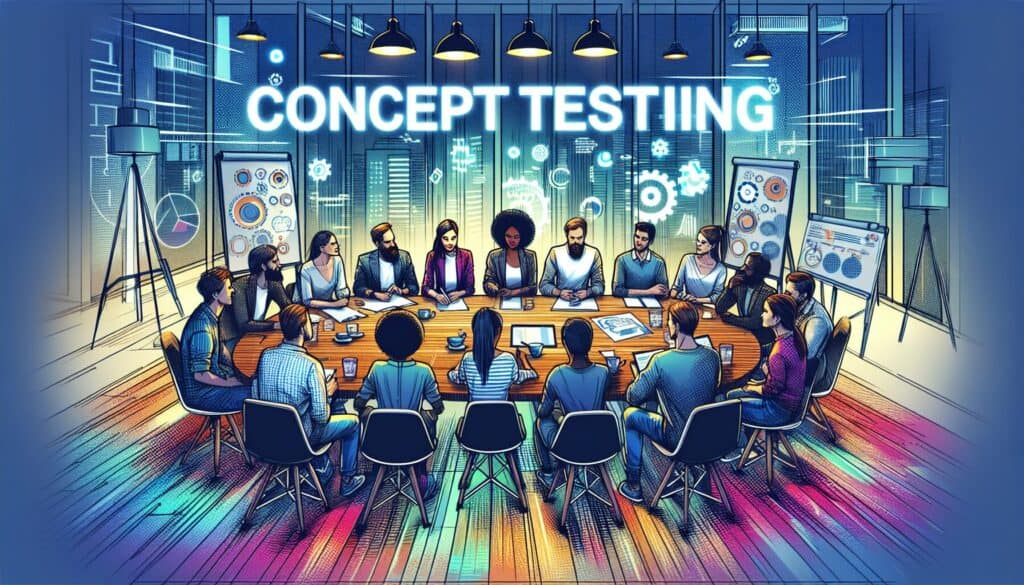To obtain early feedback on product or service ideas from the target audience before significant development investment.
- 方法: 客户与营销, 构思, 产品设计
Concept Testing

Concept Testing
- 敏捷方法论, 客户体验, 设计思维, 市场研究, 产品开发, 产品管理, 原型设计, 用户测试, 验证
目标
如何使用
- Presenting a description of a new product or service concept (e.g., written description, mock-up, storyboard) to potential customers and gathering their reactions, preferences, and purchase intent.
优点
- Helps filter out poor concepts early; provides insights for refining promising concepts; reduces risk of market failure.
缺点
- Reactions to concepts may not accurately predict actual market behavior; feedback quality depends on how well the concept is communicated.
类别
- 客户与营销, 产品设计
最适合:
- Gauging customer interest and gathering feedback on new product or service ideas before development.
Concept Testing serves as a pivotal stage in the product development process, especially within industries such as consumer electronics, automotive, food and beverage, and healthcare, where understanding consumer preferences is vital. This methodology typically takes place during the early phases of product design, often after an idea has been generated but before significant resources are committed to development. Participants in this process might include product managers, marketing teams, designers, and potential users who can provide diverse perspectives. The presentation of concepts might involve various formats such as detailed descriptions, prototypes, or interactive storyboards, aimed at capturing customer reactions in realistic contexts. Insights gathered can inform decisions related to product features, design aesthetics, and pricing strategies, enhancing alignment with market demands. For example, in the tech sector, companies may use concept testing to evaluate new gadget designs or software functionalities before iterations are launched into development. By validating preliminary ideas and refining them based on consumer feedback, organizations can significantly reduce the likelihood of launching products that fail to meet market needs, thereby conserving resources and ensuring a more streamlined path to successful product releases.
该方法的关键步骤
- Define the concept to be tested, including key features and benefits.
- Select appropriate customer segments for targeted feedback.
- Create a tangible representation of the concept, such as a prototype or storyboard.
- Conduct one-on-one interviews or focus groups to present the concept.
- Ask specific questions about the concept’s appeal, usability, and value.
- Gauge customer purchase intent through direct and indirect inquiries.
- Analyze feedback to identify trends, preferences, and areas for improvement.
- Iterate on the concept based on the reactions and suggestions received.
专业提示
- Utilize cognitive interviewing techniques during concept testing to explore underlying motivations and reactions, leading to deeper understanding of customer preferences.
- Incorporate quantitative methods alongside qualitative feedback, such as conjoint analysis, to assess purchase intent and prioritize features with the highest value to target demographics.
- Implement iterative testing, where concepts are revised based on feedback before re-testing, allowing for continuous refinement and a more targeted final product.
历史背景
1949
1950
1950
1960
1960
1960
1960
1940
1950
1950
1958
1960
1960
1960
1960
(如果日期不详或不相关,例如 "流体力学",则对其显著出现的时间作了四舍五入的估计)。















相关文章
肌肉骨骼不适调查表
多变量测试(MVT)
多元回归分析
动作捕捉系统
MoSCoW 方法
情绪中值测试